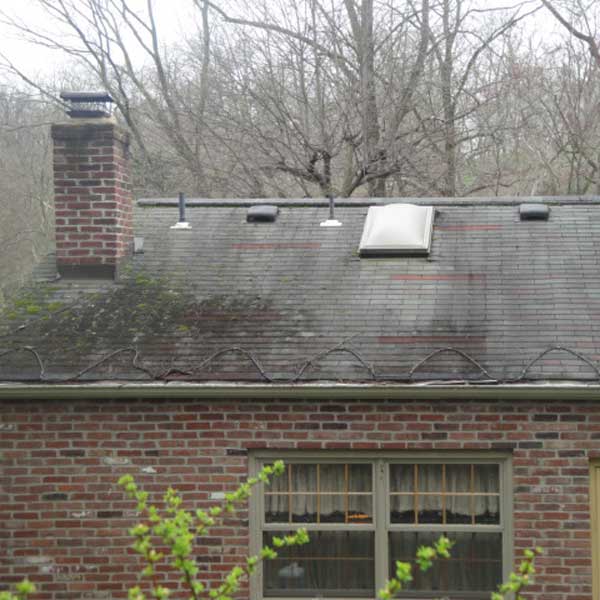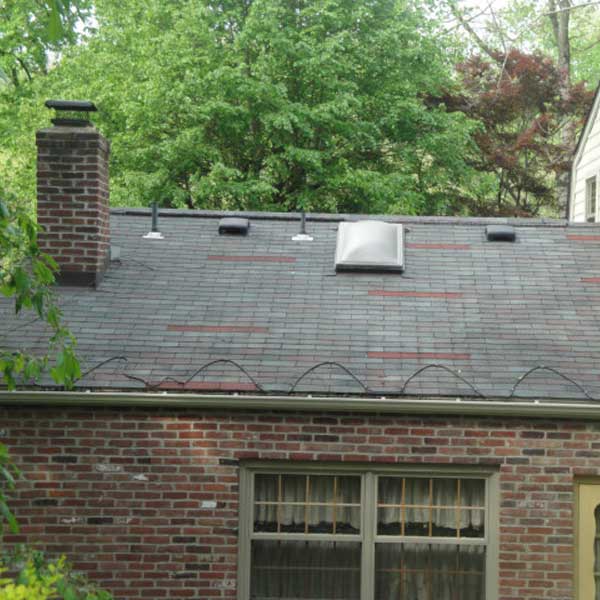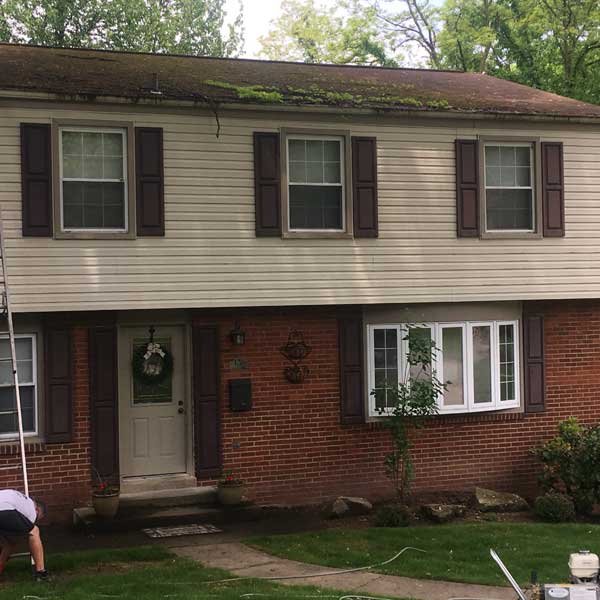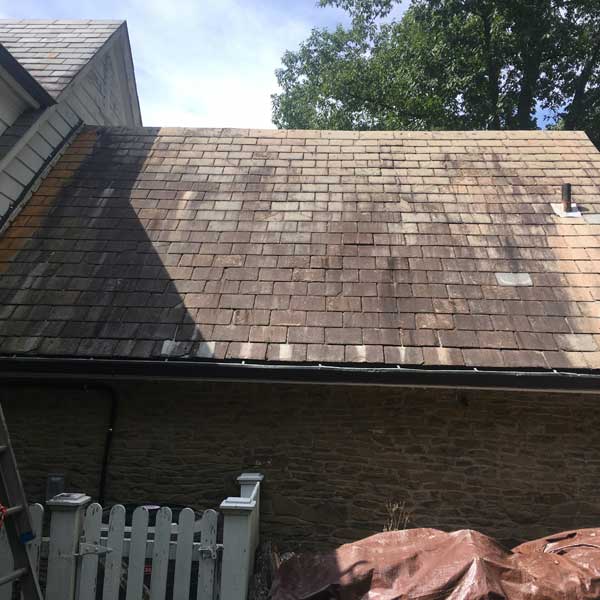Premium Roof Cleaning
in Pittsburgh Pa and Surrounding Areas
Keeping your home's roof clean is more than just about looks; it's about maintaining the health and longevity of one of your biggest investments. At CleanView Property Services, based in Turtle Creek, PA, we specialize in roof cleaning services that cater to homes throughout Allegheny County, Westmoreland County and the Greater Pittsburgh area. Our approach is tailored to ensure your roof is treated with the utmost care.
Professional Roof Cleaning in and around the Greater Pittsburgh Area
Services throughout Allegheny County, Westmoreland County & Pittsburgh.
Our roof cleaning services are designed to address various issues that can affect the lifespan, condition and appearance of your roof. We use a soft washing method, which is safe and effective for all types of roofing materials.
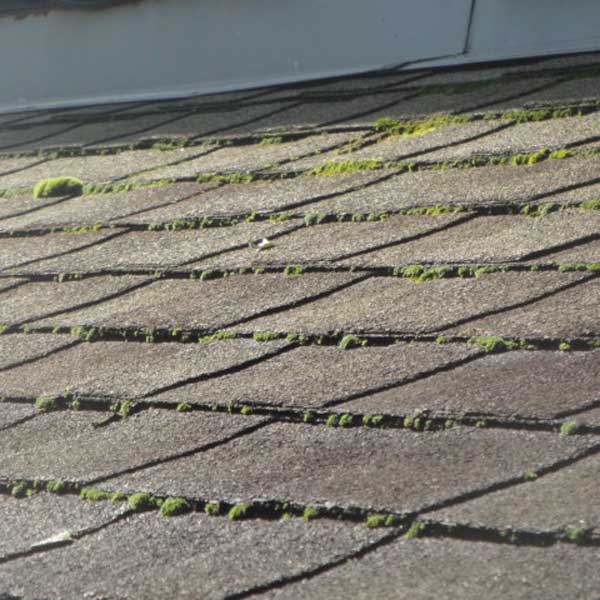
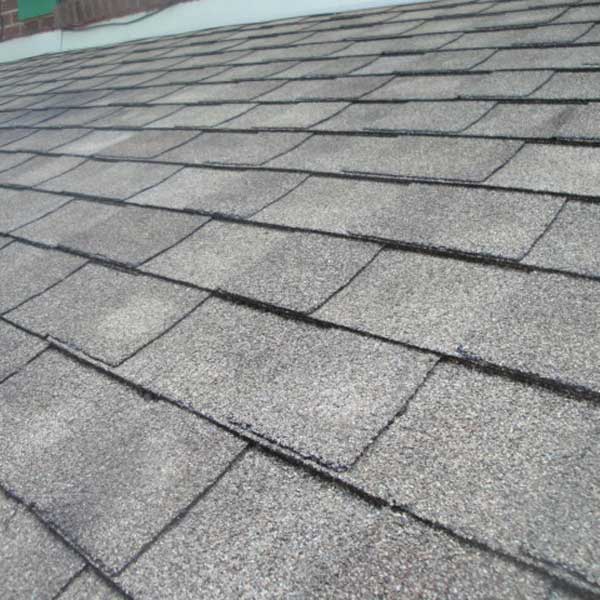
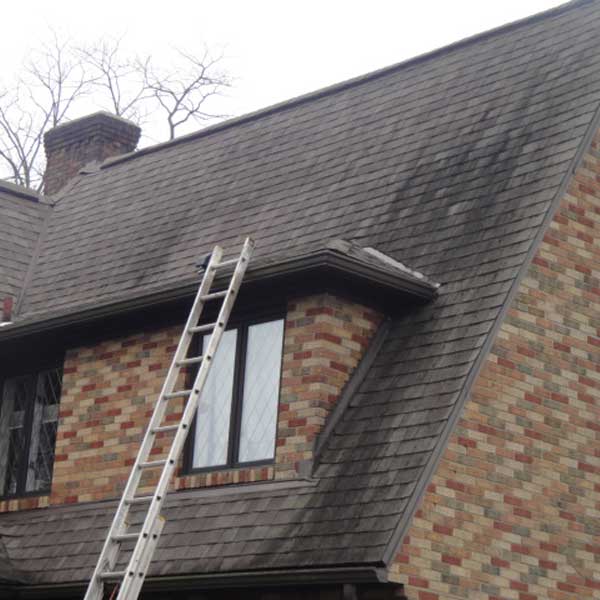
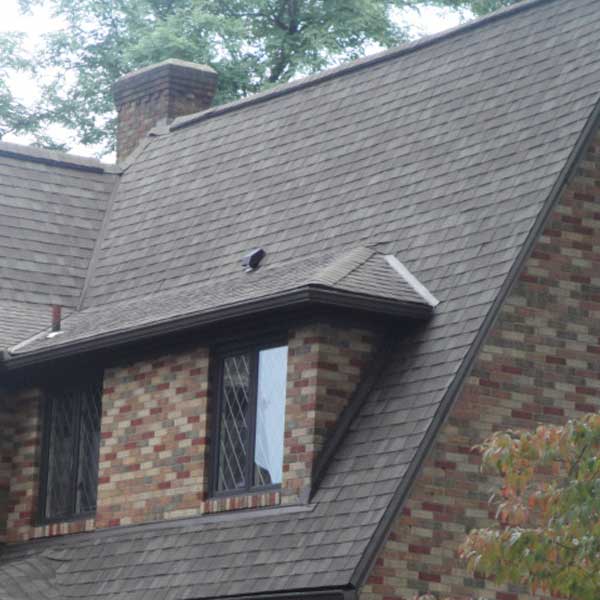
Why Clean Your Roof?
- Extend Your Roof's Life:
Regular cleaning prevents damage and deterioration from moss, black mold, and other organic growth. - Improve Curb Appeal:
A clean roof enhances the overall look of your home. - Protect Your Investment:
Keeping your roof clean is essential for maintaining its integrity and functionality.
The CleanView Difference
With over 14 years of experience in the industry, CleanView Property Services is a trusted name in the local community. We're not just a business; we're your neighbors, committed to providing top-notch roof cleaning services.
01
Experienced Professionals
Our team is trained to handle various types of roofing materials carefully and efficiently.
02
Locally Owned
Being part of the community, we understand the specific needs of homes in Allegheny County and surrounding areas.
03
Commitment to Quality
We ensure that every job is done with precision and care, respecting your property and time.
Our Roof Cleaning Method
01
Safe for All Roof Types
Whether you have asphalt shingles, slate, clay tiles, or metal roofing, our method is safe and effective.
02
Low-Pressure Technique
We use a low-pressure application to prevent any damage to your roof.
03
Specialized Detergents
Our detergents are designed to tackle black mold, moss, lichen, and other common issues without harming your roofing material.
Roof Cleaning FAQ
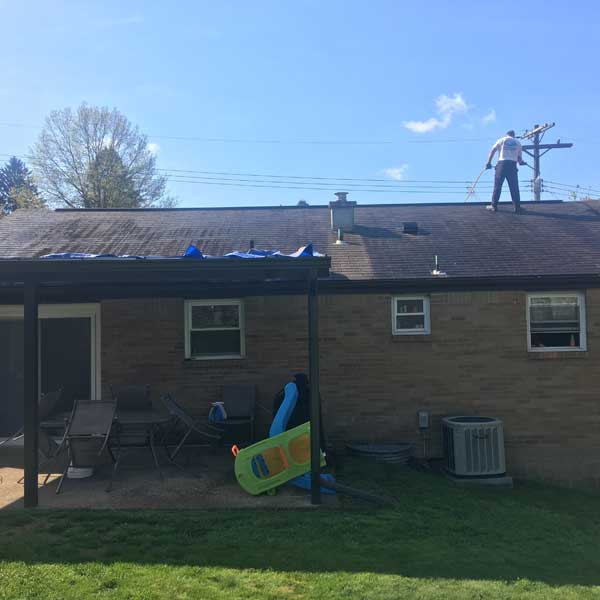
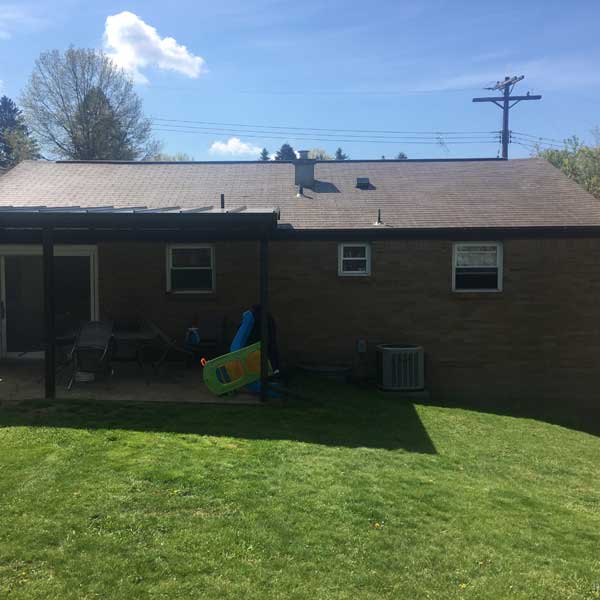
Reviews From Our Clients
Ready to Revitalize Your Roof?
If you're in Allegheny County, Westmoreland County or the Greater Pittsburgh area and need professional roof cleaning services, call CleanView Property Services at 412-916-0407. Let us help you enhance your home’s curb appeal and protect your roof for years to come. Trust us to care for your roof as if it were our own.
